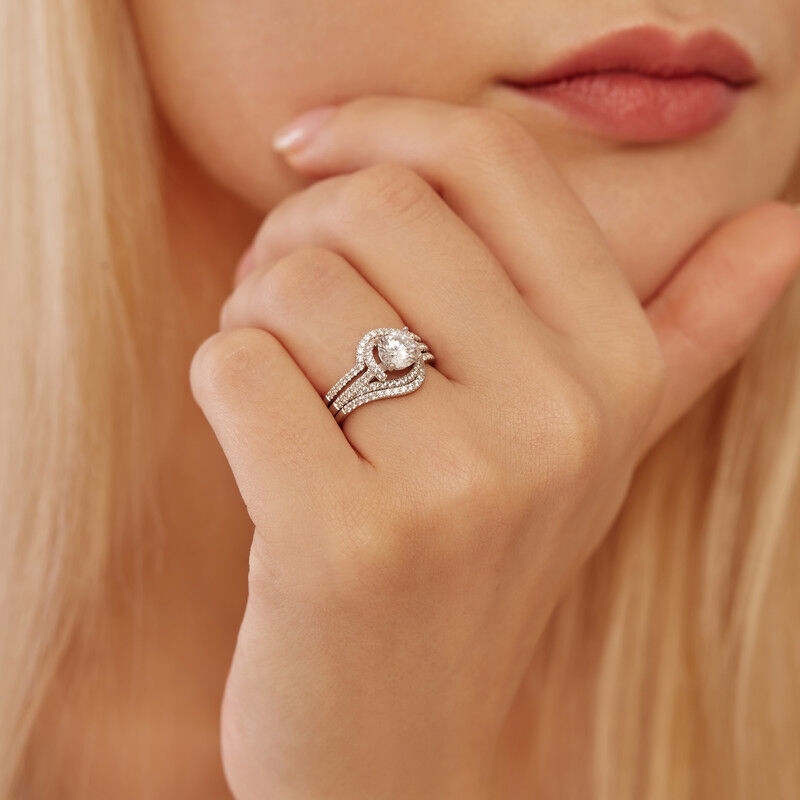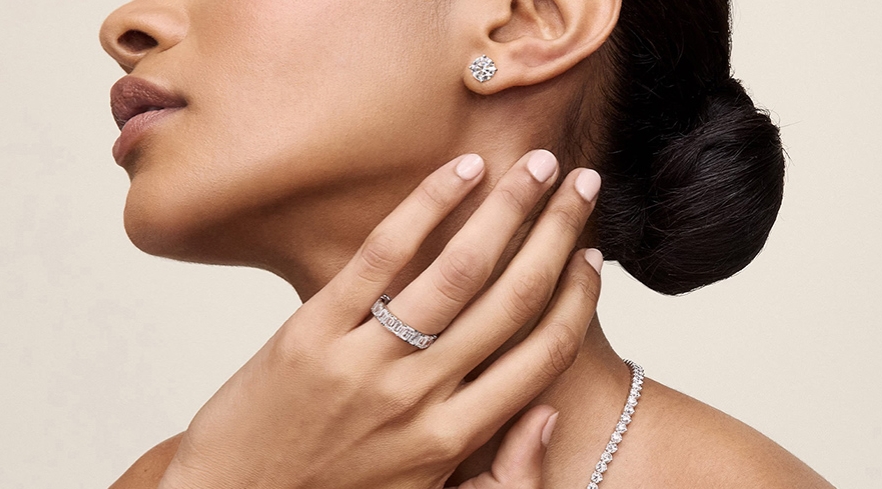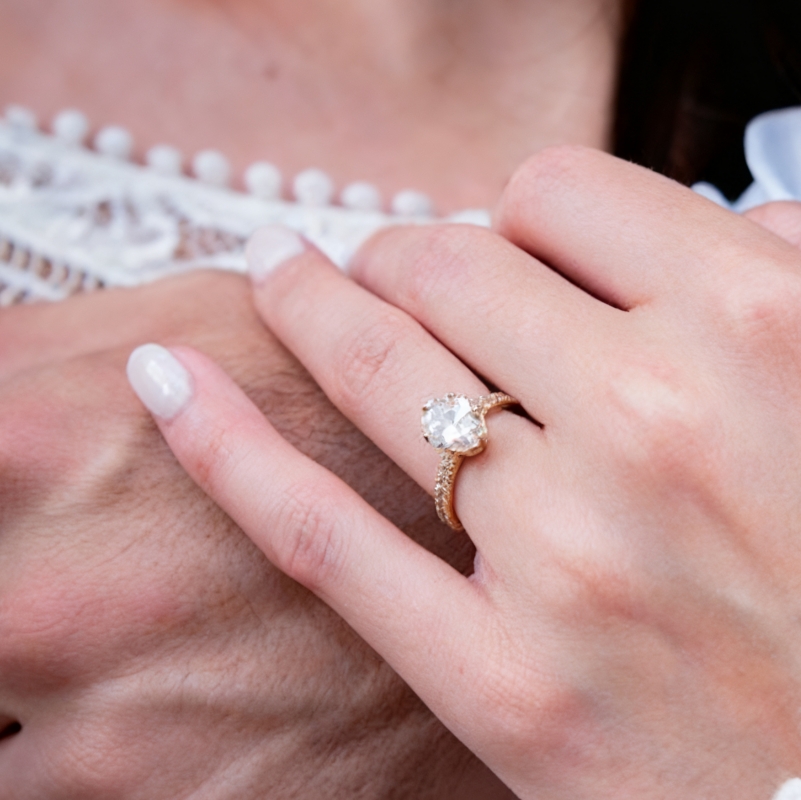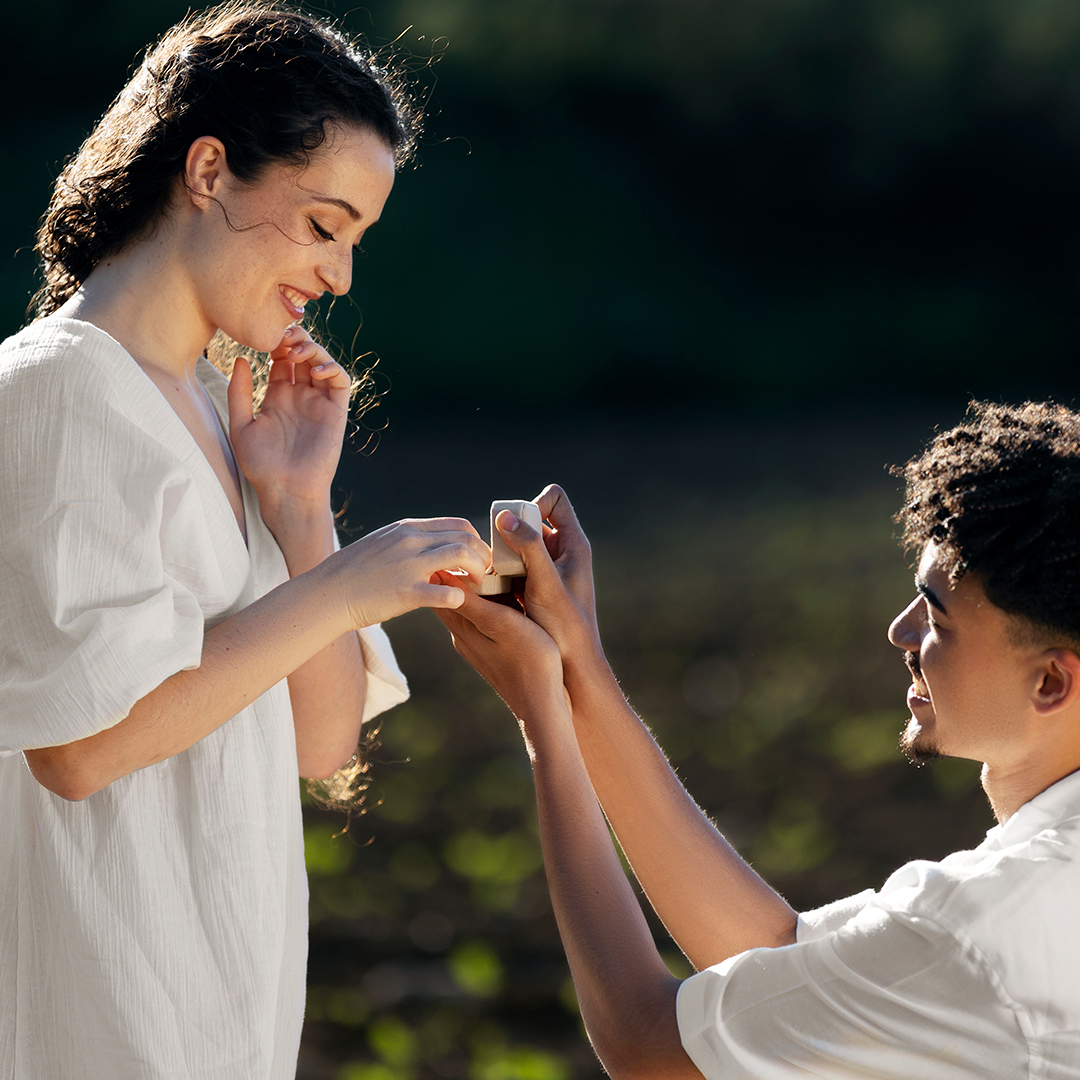In almost every corner of the world, there is a sacred rite for people to form a family -- the wedding. It is the very existence of people that gives meaning to weddings, making them the most significant and memorable days of a person's life. Whether solemn or joyous, weddings are always a hot topic on the table. Look what fun wedding cultures SHE·SAID·YES has found that might help you when you need to attend.
Spanish Wedding: Diverse and Unique

Unlike world fashion, the most significant point of Spanish wedding culture is the bride’s attire. The bride often traditionally wears black and silk dresses on her big days. That means the bride’s commitment and devotion to her groom “until death does us part.” However. Under the influence of the world’s trends, more Spanish women have started to choose white wedding dresses nowadays. Therefore, black dresses are more like a nod to the tradition or a break from the white wedding dress mold.
Instead of bridesmaid and groomsman, Spanish couples prefer the godmother and godfather standing by their side during the wedding. Besides, the wearing of the ring is quite unusual. In Spain, women wear their engagement ring on their left hand, while the wedding ring is worn on the right hand as the tradition. Stacking rings is not a common practice in Spain.
Indian wedding: Varied and Colorful
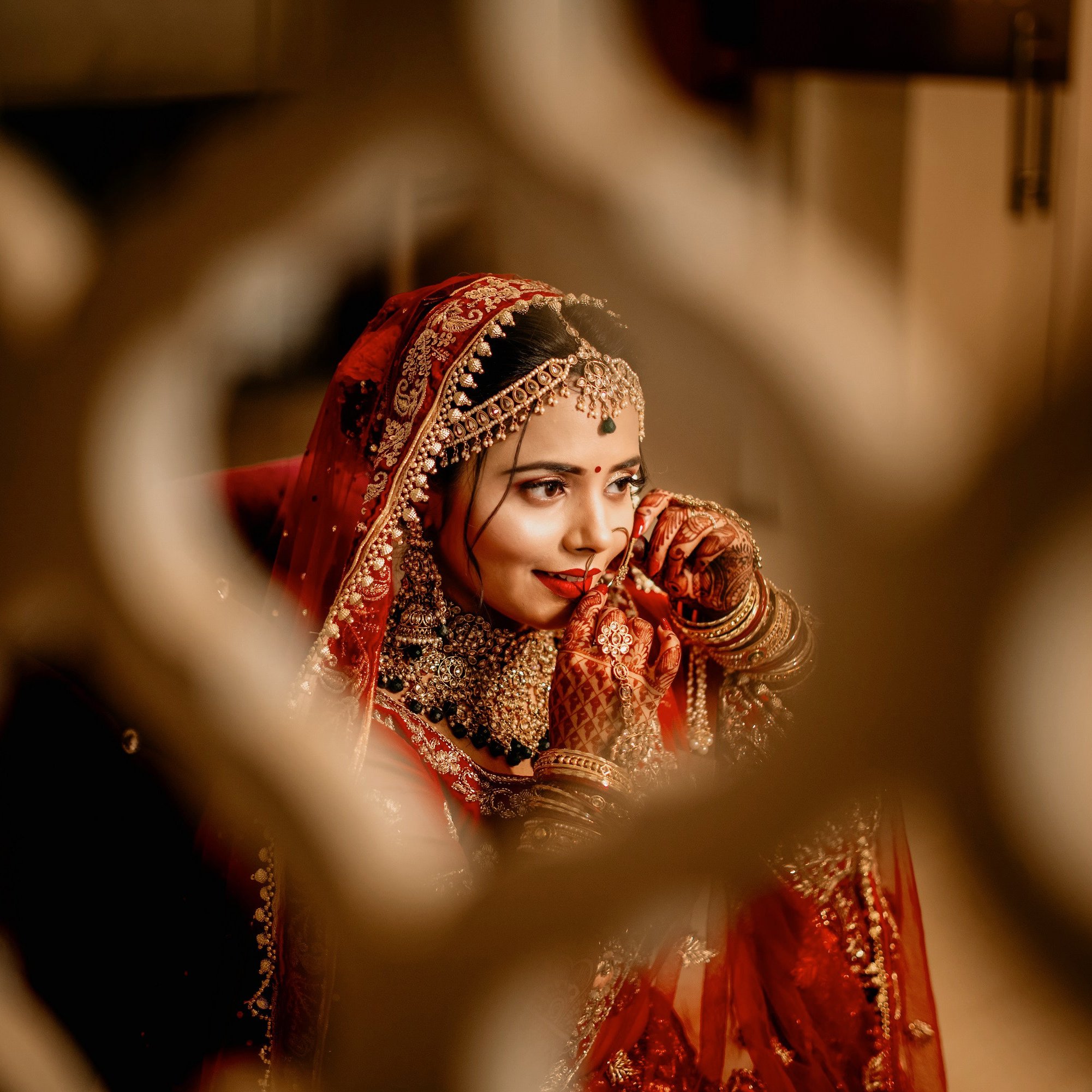
Generally, Indian brides wear a red or colorful sari on their big day. The bright-colored sari symbolizes happiness and good luck to the married couple. However, some modern brides could pursue a stylish wearing combined more colors in a single sari and dotted with intricate gold designs made from 24 karat gold thread and crystals.
Henna painting is the other Hindu wedding tradition that is the most well-known. Henna is an ink that dries and peels off to leave a brown stain on the skin. The drawing of the henna paste often happens before the wedding day. The bride will accept the drawing pattern of henna paste with intricate designs of temporary decorative art on her hands and feet. People believed that the darker the color of these fabulous motifs, the deeper the relationship between the bride and her mother-in-law, and the more the groom would love the bride.
Japanese Wedding: Private and Scared
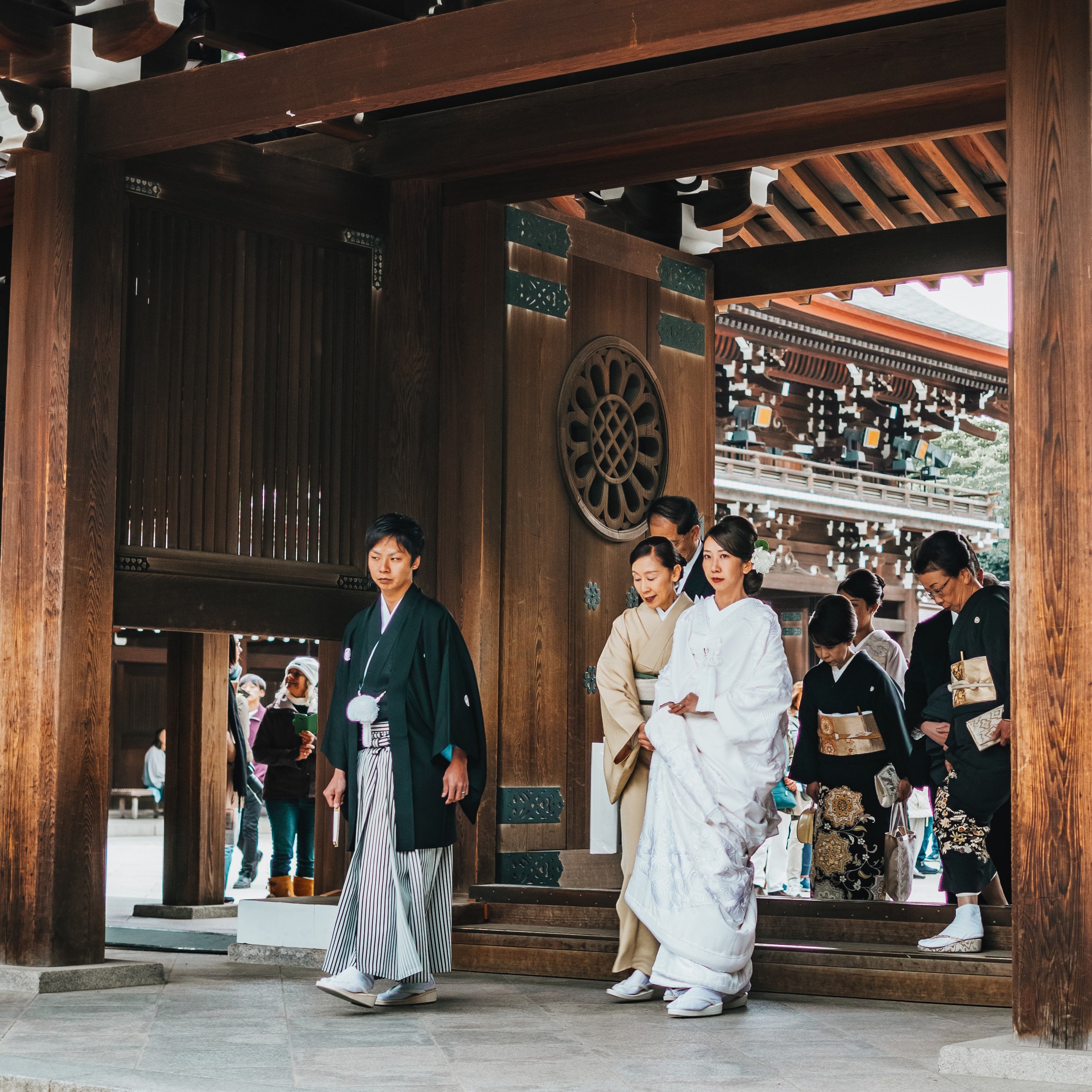
Unlike the western countries, Japanese weddings tend to be more private. Typically, it will hold in shrines, hotels, and ceremony halls only with families and few friends.
The traditional attire of the brides in Japan is “shiromuku,” which is a kind of white kimono. It reflects the purity and sacredness of the bride. Matching a white hat called “wotaboshi,” which acts as a veil, the overall bridal attire creates an innocent and noble vibe on wedding days.
The most popular tradition during a traditional Japanese wedding is the exchange of nuptial cups, which is called “sansankudo.” It means three, three, and nine. So the groom and bride need to drink sake three times each, from three different-sized cups. The process of exchanging cups is the reflection of exchanging their marriage vow. In addition to newlyweds, their parents also drink sake from identical cups to consolidate family bonds.
These three countries show us their different wedding culture. They are representative as well as interesting. Actually, every area has its own special wedding culture. And this is also the reason why our world is so diverse.


